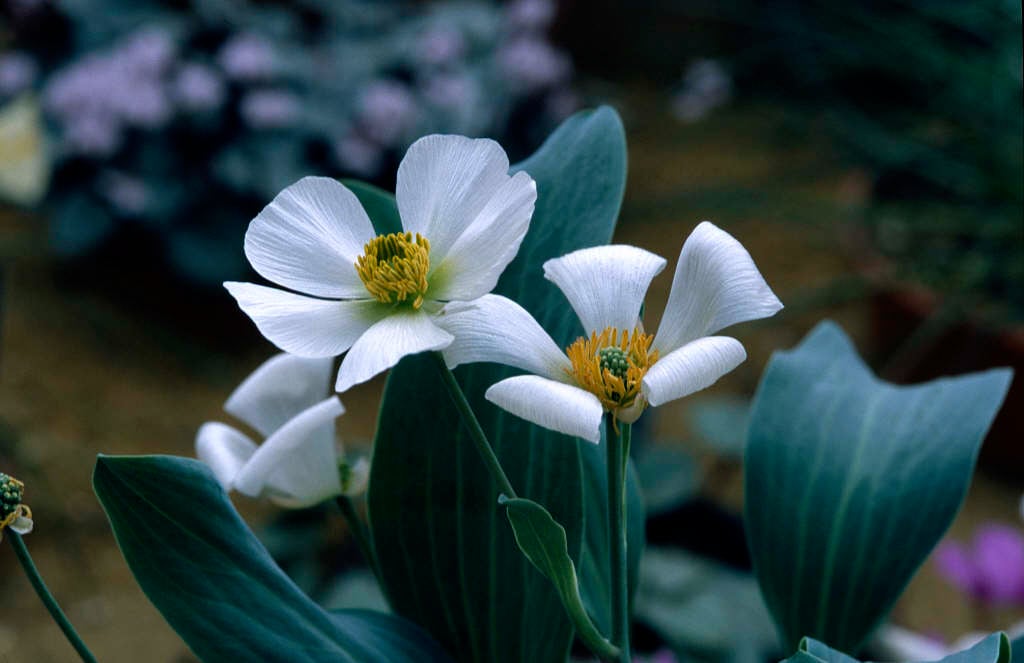Not the plant you're looking for? Search over 300,000 plants
Alpine RockeryHerbaceous Perennial
Size
Ultimate height
0.1–0.5 metresTime to ultimate height
2–5 yearsUltimate spread
0–0.1 metreGrowing conditions
Chalk
Loam
Sand
Moisture
Well–drainedpH
Acid, Alkaline, NeutralColour & scent
| Stem | Flower | Foliage | Fruit | |
| Spring | ||||
|---|---|---|---|---|
| Summer | ||||
| Autumn | ||||
| Winter | Pink White |
Position
- Full sun
Aspect
South–facing or East–facing
Exposure
Sheltered Hardiness
H5Botanical details
- Family
- Ranunculaceae
- Native to GB / Ireland
- No
- Foliage
- Deciduous
- Habit
- Tufted
- Potentially harmful
- Harmful if eaten, skin irritant. Wear gloves and other protective equipment when handling. Pets: Harmful if eaten, skin irritant - for further information and contact numbers regarding pets, see the HTA guide to potentially harmful plants
- Genus
Ranunculus can be annuals, biennials, evergreen or herbaceous perennials, with rhizomes, tubers or spreading by runners. The leaves are variable but often palmately lobed or dissected and the flowers usually bowl-shaped
- Name status
Correct
- Plant range
- Morocco
How to grow
Cultivation
Grow in gritty, humus-rich, sharply drained soil in full sun. Or grow in a pot in an alpine house. It dies down in summer, keep dry while dormant. Long-lived but slow growing
Propagation
Propagate by division in spring or autumn
Suggested planting locations and garden types
- Rock garden
- Mediterranean climate plants
- Gravel garden
- Patio and container plants
Pruning
No pruning required
Pests
Diseases
May be susceptible to powdery mildews, a rust and grey moulds
Get involved
The RHS is the UK’s gardening charity, helping people and plants to grow - nurturing a healthier, happier world, one person and one plant at a time.
